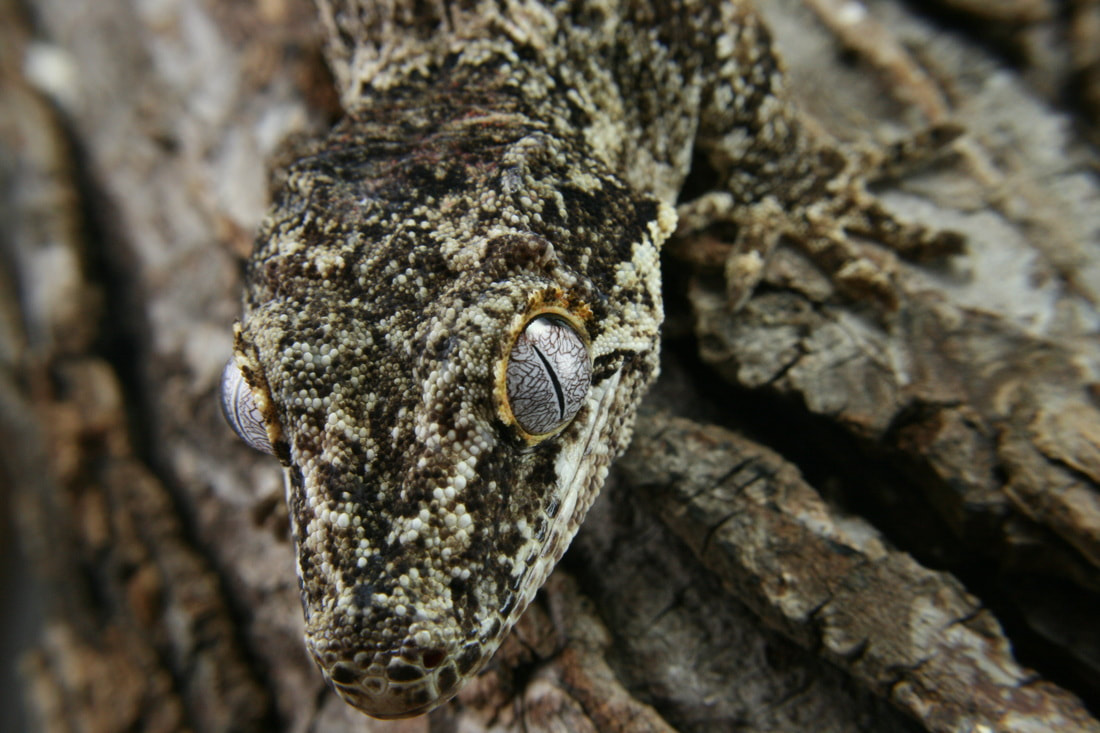"Any person who has begun to think, places some portion of the world in jeopardy." - John Dewey
|
I have considerable experience teaching students at a diversity of levels. As a public high school teacher (www.hallbio.weebly.com), I taught students of diverse capabilities (advanced students and those with learning disabilities) , ethnicities, and socioeconomic backgrounds. My philosophy of education has been shaped by years of professional experience and is based on humanistic constructivist theory.
|
Teaching ExperienceInstructor, Tennessee Tech University (2021-Present)
Instructor, Auburn University (2017-2019)
Teaching Assistant, Auburn University (2015-2019)
Adjunct Faculty, Union University (2011)
High School Science Teacher, Tennessee (2010- 2015)
|
